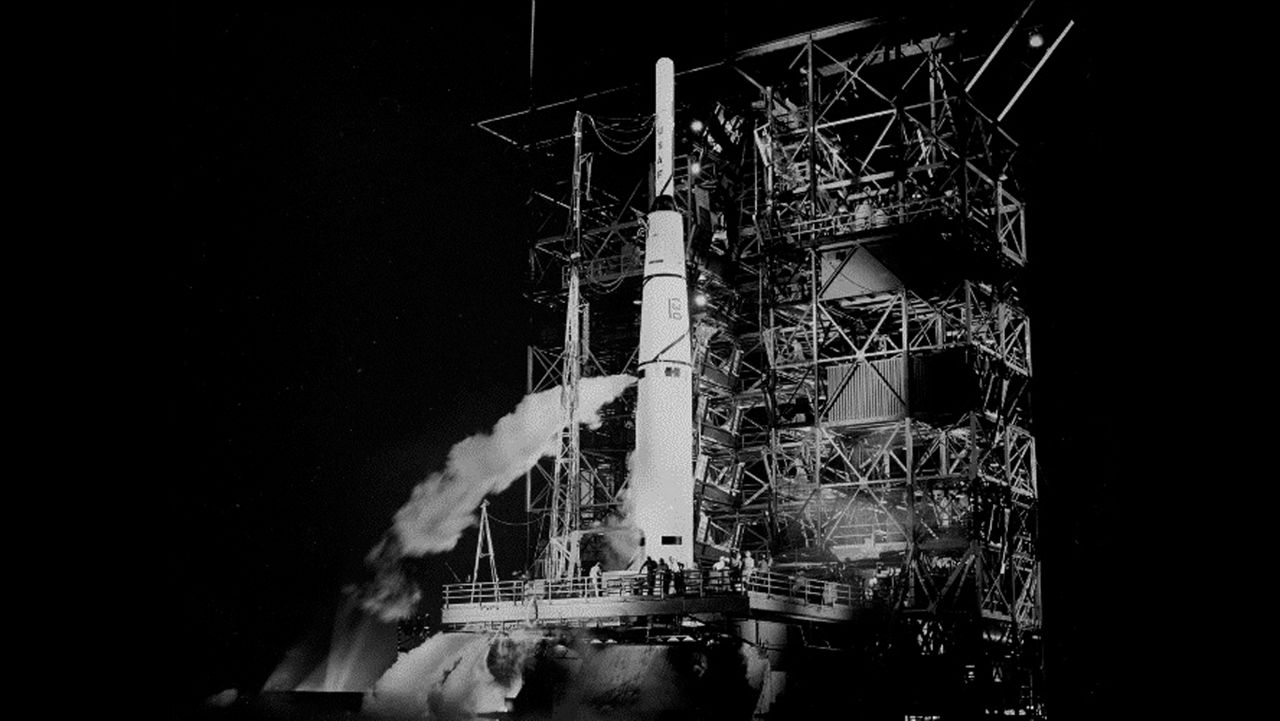CAPE CANAVERAL, Fla. — The National Aeronautics and Space Administration has been going strong for 63 years.
What You Need To Know
- NACA became NASA on Oct. 1, 1983
- NASA successfully launched Pioneer 1 10 days later
- RELATED: Space Coast Rocket Launch Schedule
NASA officially opened on this day in 1958, just a few months after President Dwight Eisenhower signed the National Aeronautics and Space Act of 1958.
NASA was born from the National Advisory Committee on Aeronautics, which began in 1915 to help the U.S. catch up to Europe on airplane technology.
Now NASA had the heavy task of catching up to the Soviet Union, which successfully launched the Sputnik satellite on Oct. 4, 1957.
It was a bumpy road.
America tried to follow Sputnik in December 6, 1957 with the Vanguard rocket, which blew up on the launch pad.
NACA then tried again and succeeded with the launch of Explorer 1 on January 31, 1958. That led to the discovery of the Van Allen radiation belts — particles of radiation from the sun that were trapped in Earth's magnetic field, and something that had to be taken into account for future space missions beyond our orbit.
Eisenhower formally signed the National Aeronautics and Space Act of 1958 on July 29.
NASA opened its offices on Oct. 1, 1958. On Oct. 11, Pioneer 1 lifted off from Cape Canaveral's Launch Complex 17A, the first rocket and satellite to be launched by the new space agency.
While Pioneer 1's primary goal was to orbit the Moon, the spacecraft only got about 70,770 miles into space before it fell back to Earth and burned up on reentry. NASA said the spacecraft's instruments did, however, confirm the existence of the Van Alen radiation belts that Explorer 1 discovered.




